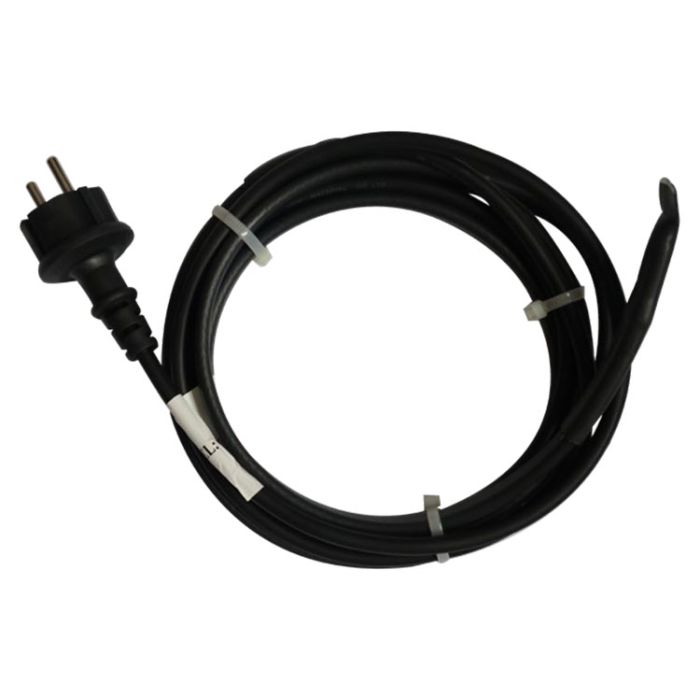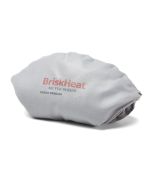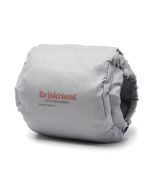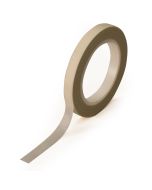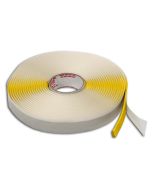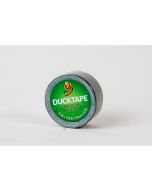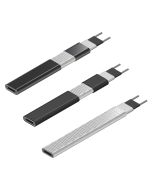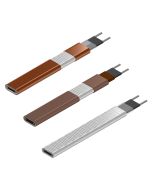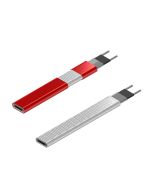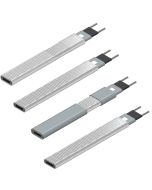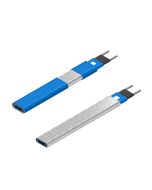SpeedTrace CE Self-Regulating Heating Cable
Description
BriskHeat SpeedTrace CE Heating Cable is an ideal solution for easy-to-install pipe freeze protection and safe thawing of metal and plastic pipe & valve assemblies. May be used on metal and plastic water pipes, for pipe heating, but not on flexible vinyl tubing (such as garden hoses). SpeedTrace CE heating cable self-regulates the pipe heating cables temperature by automatically adjusting electric cable heat output based on surface and ambient temperatures. A true plug-and-play easy to install pipe heating solution! Power output: 5 W/ft (17 W/m) at 50°F (10°C)
- Self-regulating heating design, adjusts automatically based on surface and ambient temperature so no temperature controller is required
- Suitable for extreme cold conditions as low as -40°F (-40°C).
- Safe to overlap heating cable for easy installation
- SpeedTrace provides easy installation with its pre-assembled 3-prong plug, grounded for safety
Part Number
Wide Range of Applications:
Pipe Tracing
Vessel Tracing
Freeze Protection
Viscosity Control
Low Temperature process Maintenance
Roof & Gutter
Supply Voltage: 110-120 VAC; 208-277 VAC
Wattage at 50°F (10°C): 5 watts/ft (17 watts/m)
Maximum Exposure Temperature: 150°F (65°C)
Outer Jacket Material: Moisture and flame resistant thermoplastic elastomer
Bus Wire Gauge: 16 AWG
Power Cord:
- 230 VAC (SpeedTraceCE): 2.5 ft (0.76 m) long with Schuko (CEE 7/7) plug

| Part No. 230 V | Length ft (m) |
| FFSLE2-2M | 6.6 (2) |
| FFSLE2-4M | 13.1 (4) |
| FFSLE2-8M | 26.2 (8) |
| FFSLE2-16M | 52.5 (16) |
How Self-Regulating Cable Works
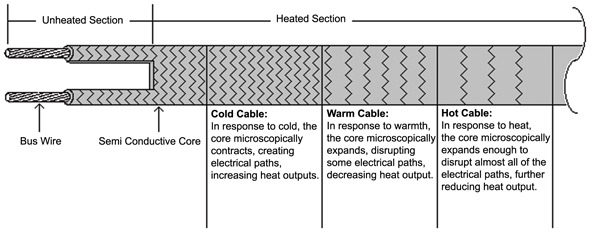
- The semi-conductive core material contains a graphite network, which allows electricity to flow from one bus wire to the other. When the core is dense and colder, there are many paths for electricity to take through the graphite network, producing more heat.
- Since the core material expands as it heats, the graphite network is elongated, disrupting some of the paths. More and more paths are disrupted as heating continues until the system reaches self-controlled thermal stability. When the core material cools, it contracts, reconnecting some of the electrical paths in the graphite network, and more equivalent heat is produced.
- This temperature response occurs independently at each point along the heater. If an externally produced high temperature occurs next to a low temperature in the cable, each section of heating cable will adjust its own heat output in relation to its own local requirements.
Don't see your size or option?
Have a question about which BriskHeat product is right for you?
Need Application assistance? Contact Us. We are here to help!
- Monday - Friday
8:00am - 5:00pm EST
- Worldwide
1-888-412-0122

